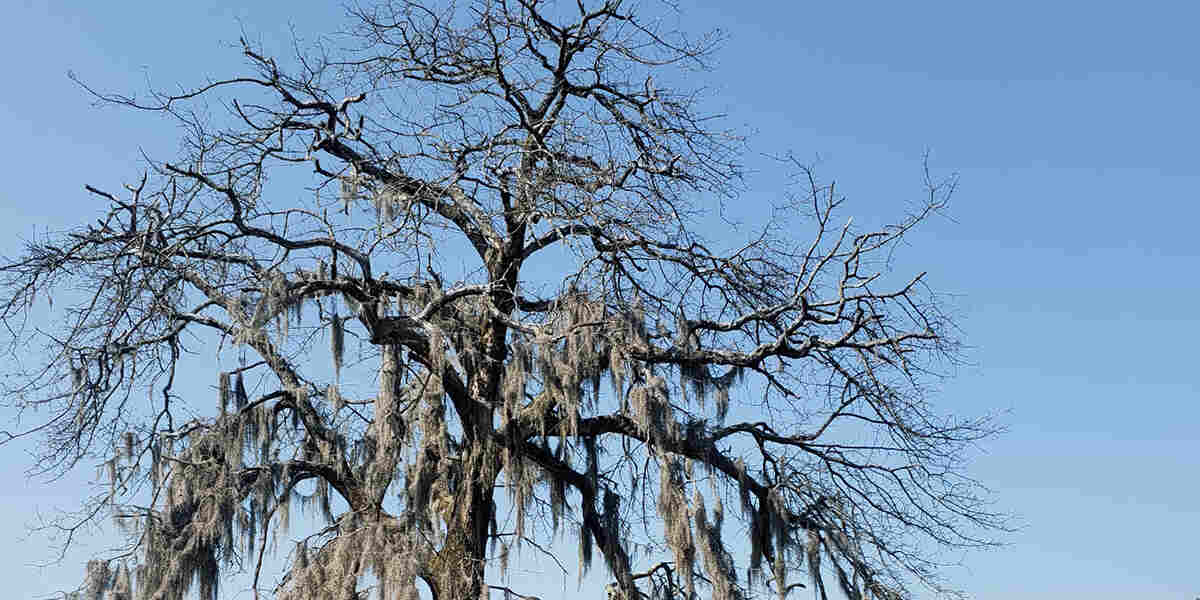Trees have an amazing ability to adapt to harsh weather conditions. Unlike animals or insects that can migrate or hibernate, trees have developed several ways to endure the typically frigid temperatures of winter.
Winter weather, characterized by ice and heavy snow, can damage trees and even cause premature death, so how do trees survive winter? As Brandon’s tree service of choice, Barone’s Tree Pros explores how trees survive cold winter temperatures.

Relying on Bark
Besides protecting the vulnerable, living tissue just beneath the bark from the harshness of winter, tree bark also acts as an insulator. A tree’s bark protects it from physical and biological damage.
However, thin-barked trees often succumb to frost cracking, which occurs when tissues beneath the bark get damaged, dry out, and crack from repeated freezing, thawing, and re-freezing.
Slowing Down To Save Energy
Trees use chlorophyll (the green pigment in leaves) to capture energy from the sun and produce food through a process called photosynthesis. Fewer hours of sunlight means less time for the tree to produce food through photosynthesis.
How do trees survive winter? They go into energy-saving mode or dormancy. Similar to how animals hibernate during the cold months, trees essentially sleep over winter. To save energy, deciduous trees send most of their vital nutrients to the roots for storage during winter.
During this time, the tree also prepares to drop its leaves. Once days become shorter and temperatures dip, chlorophyll also starts to break down, revealing other leaf pigments that we see as fall colors.
Losing Their Leaves or Have Needle Leaves
Most deciduous trees lose their leaves in the winter to reduce water loss. Evergreen trees, on the other hand, typically retain their needle leaves. Needle leaves feature waxy outer coatings and small surface areas that make them better at retaining water than broad leaves.
Intentional Cell Dehydration
Trees protect themselves further from below-freezing temperatures by controlling when and where ice forms within the tree and its cells. During winter, trees move water from inside the cells into the space between the cells.
These cellular-level changes help the cells remain intact even if water in the in-between spaces freezes. Some trees also convert starch in the cells into sugars, effectively lowering the freezing point of water in the cells.
Trees Have Varying Cold-Resistant Capabilities
Trees have evolved to live in their respective natural environments. That’s why some trees in warmer areas will struggle to handle the freezing temperatures in colder regions. Sometimes, trees that can’t handle extreme cold or sudden temperature changes succumb to the pressure of freezing and explode.
Trust Your Local Tree Experts
Now that you can answer the question, “How do trees survive winter?” you want to hire seasoned experts to care for the trees on your property. Trust Barone’s Tree Pros for various professional tree services, including:
- Tree and shrub removal
- Debris cleanup
- Stump grinding
- Tree pruning
Call our experts at Barone’s Tree Pros at (601) 345-8090 to request a free estimate for tree service in Brandon, Mississippi, or nearby. Reach out for tips on how to keep trees healthy.